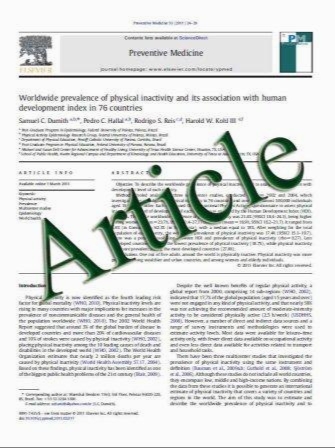Autosomal-dominant non-syndromic anal atresia: sequencing of candidate genes, array-based molecular karyotyping, and review of the literature
- نوع فایل : کتاب
- زبان : انگلیسی
- مؤلف : Charlotte Schramm & Markus Draaken & Gabriel Tewes & Enrika Bartels & Eberhard Schmiedeke & Stefanie Mنrzheuser & Sabine Grasshoff-Derr & Stuart Hosi
- چاپ و سال / کشور: 2011
Description
Introduction Anorectal malformations (ARM) range from mild anal to severe anorectal anomalies. Approximately 50% are estimated to be non-syndromic with multiple familial cases reported that suggest underlying genetic factors. These, however, still await identification. Materials and methods We report a familial case of nonsyndromic ARM with a mother and her two children being affected. Mother and daughter had mild ARM that had only been diagnosed after the index patient was born with a more severe form and ultrashort Hirschsprung’s disease. To reveal the genetic cause in our family genome-wide array analysis was carried out to ascertain microaberrations characterized by loss or gain of genomic material. In addition, sequence analysis of four major Hirschsprung’s disease genes (RET, EDNRB, EDN3, and GDNF) and the HLXB9 gene was performed to identify a mutation common to all three family members; however, these analyses did not reveal any causal genetic alteration. To demonstrate the frequency of familial non-syndromic cases, we performed a literature search revealing 59 families with at least two affected members. Sufficient description of ARM phenotype and affection status of relatives to surely classify them as familial non-syndromic forms was given for 22 families. Conclusion The present family suggests that mild ARM may be overlooked in patients with non-specific clinical symptoms and that the incidence of ARM may thus be higher than previously estimated. With the new possibilities of whole exome sequencing, even small families hold the possibility to identify causal defects.
Eur J Pediatr (2011) 170:741–746 DOI 10.1007/s00431-010-1332-2 Received: 14 July 2010 / Accepted: 10 October 2010 / Published online: 2 November 2010


